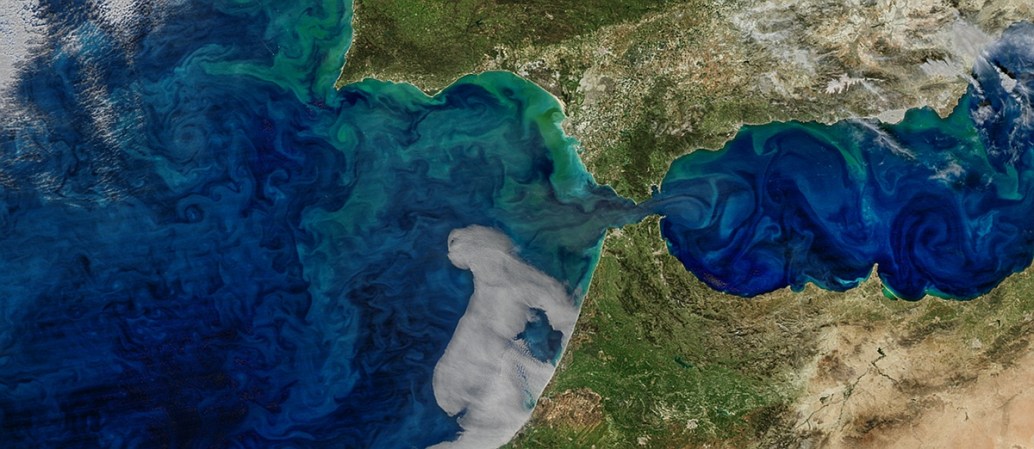

The Deep Space Climate Observatory—DSCOVR for short—is an underrated gem in Earth’s orbit. This satellite, a joint effort between NASA and the National Oceanic and Atmospheric Administration (NOAA), is basically the most powerful tool we have for monitoring space weather. In addition to keeping tabs on the solar wind and ultra-energized particles that the sun spits out every now and then, it also captures some of the best images we have of Earth with the aptly-named EPIC camera.
But DSCOVR has gone quiet. The spacecraft shifted into a “safe hold” status on June 27, which effectively halts its scientific measurements as it remains stationed in orbit nearly a million miles away from the Earth.
“NOAA is addressing a performance issue with the DSCOVR satellite,” John Leslie, a spokesperson for NOAA, told Popular Science in a statement. “Engineers have placed the satellite into a ‘safehold’ position, while they first diagnose and then work to fix a technical issue in the system that maintains the satellite’s position.”
The safehold position safeguards instruments by drastically reducing the satellite’s power usage, but it has the perturbing side effect of forcing DSCOVR to stop transmitting data back to Earth. The exact cause of the malfunction remains unclear, but it’s disrupting the satellite’s ability to properly position itself in orbit for data collection.
While the EPIC camera has given us some very useful information related to trends and events in Earth’s atmospheric composition (like the health of the ozone layer, cloud formation, and aberrant blooms in algae), DSCOVR’s more important mission is monitoring space weather. When the sun burps up some nasty jolts of solar wind, Earth’s power grids, telecommunications instruments, transportation systems, and other infrastructure are threatened. Such solar events can eject high-energy particles capable of short-circuiting our electrical equipment, potentially leaving millions or even billions of people without power.
DSCOVR’s ability to forecast space weather events is unprecedented, and its data gives power utilities a 45-minute warning before a solar storm hits the Earth. But we’re far from prepared to deal with an event of a dangerous magnitude, and DSCOVR’s absence certainly exacerbates the issue.
Clearly, we’re losing something very valuable in this time that DSCOVR remains in its safehold setting. Leslie explains, however, that while DSCOVR is offline, “there will be no interruption to the ability of NOAA’s Space Weather Prediction Center to forecast and monitor space weather.” While crews on the groundwork to rectify DSCOVR’s woes, the SWPC will rely on data collected by NASA’s ACE satellite, the SOHO satellite jointly operated by the European Space Agency and NASA, and NOAA’s geostationary satellites. There’s no question these instruments are not as sharp as DSCOVR when it comes to measuring solar wind activity, but they should help fill in the gap before DSCOVR comes back to us.
Unfortunately, there’s no timetable for that return as of yet. DSCOVR has previously gone through safeholds like this, often caused by cosmic rays that have affected onboard electronics. But those have only lasted hours. We’re moving into our third week now, and when spacecraft are off for this long, it’s often a sign that engineers are dealing with something more grave. For now, all we can do is wait and see.















